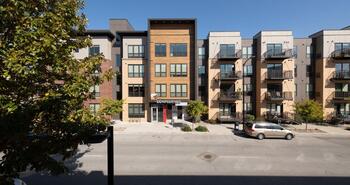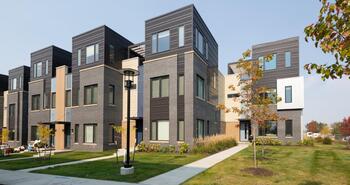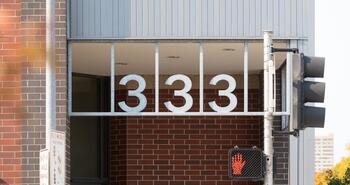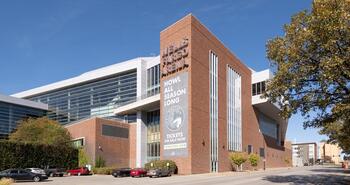Favorites

Napa Valley Velour, Butternut Velour

Vintage Black Velour, Dunes Gray Velour

Vintage Black Velour, Dunes Gray Velour

Napa Valley Velour

Canterbury Velour, Hearthside Velour, Cambridge Velour

Clear Buff Velour

Marblestone Gray Western

Beige Gray Velour, Brown Velour

Cambridge Velour, Red Smooth

Dunes Gray Velour